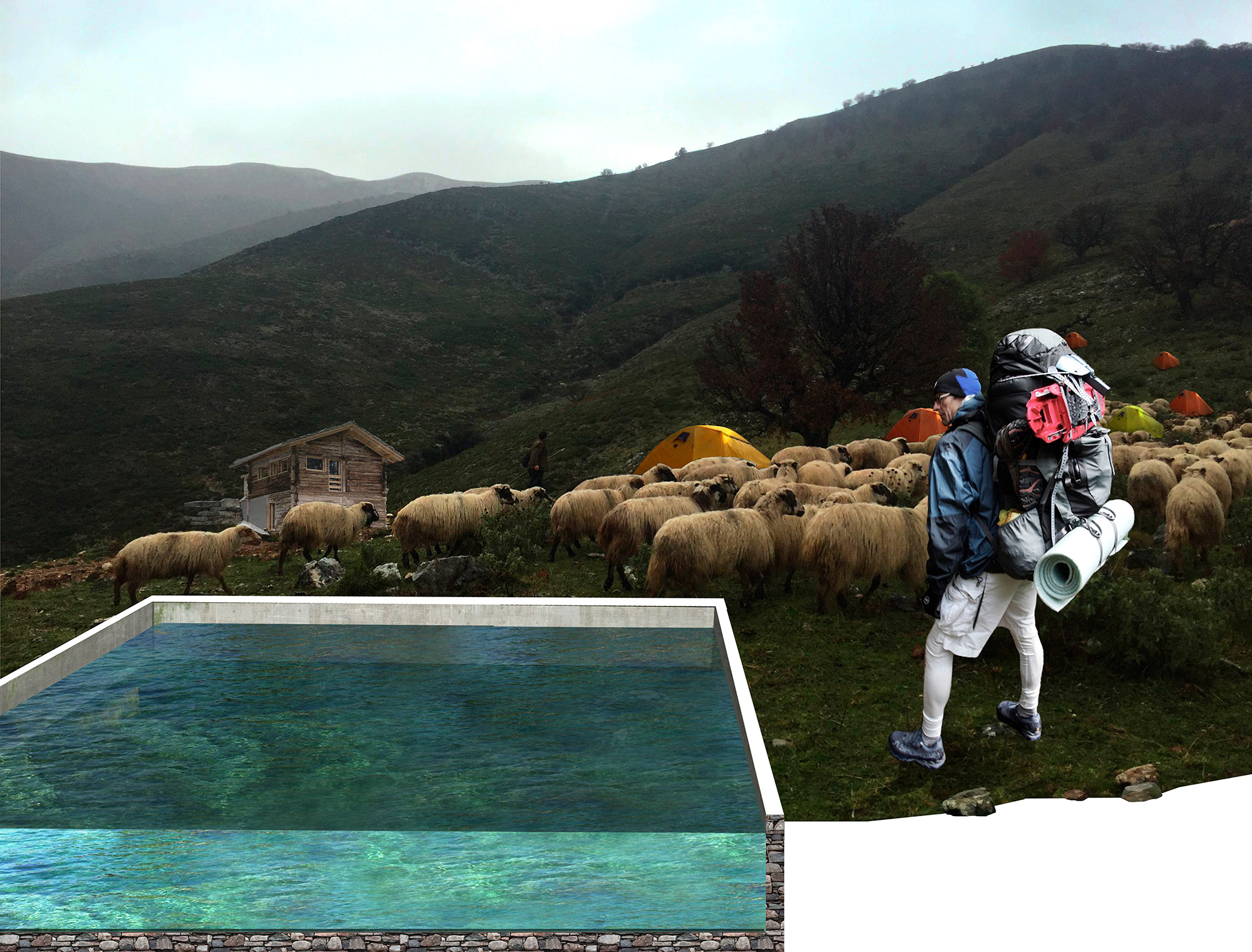Agro Tourism Albania
Qeparo, Albania
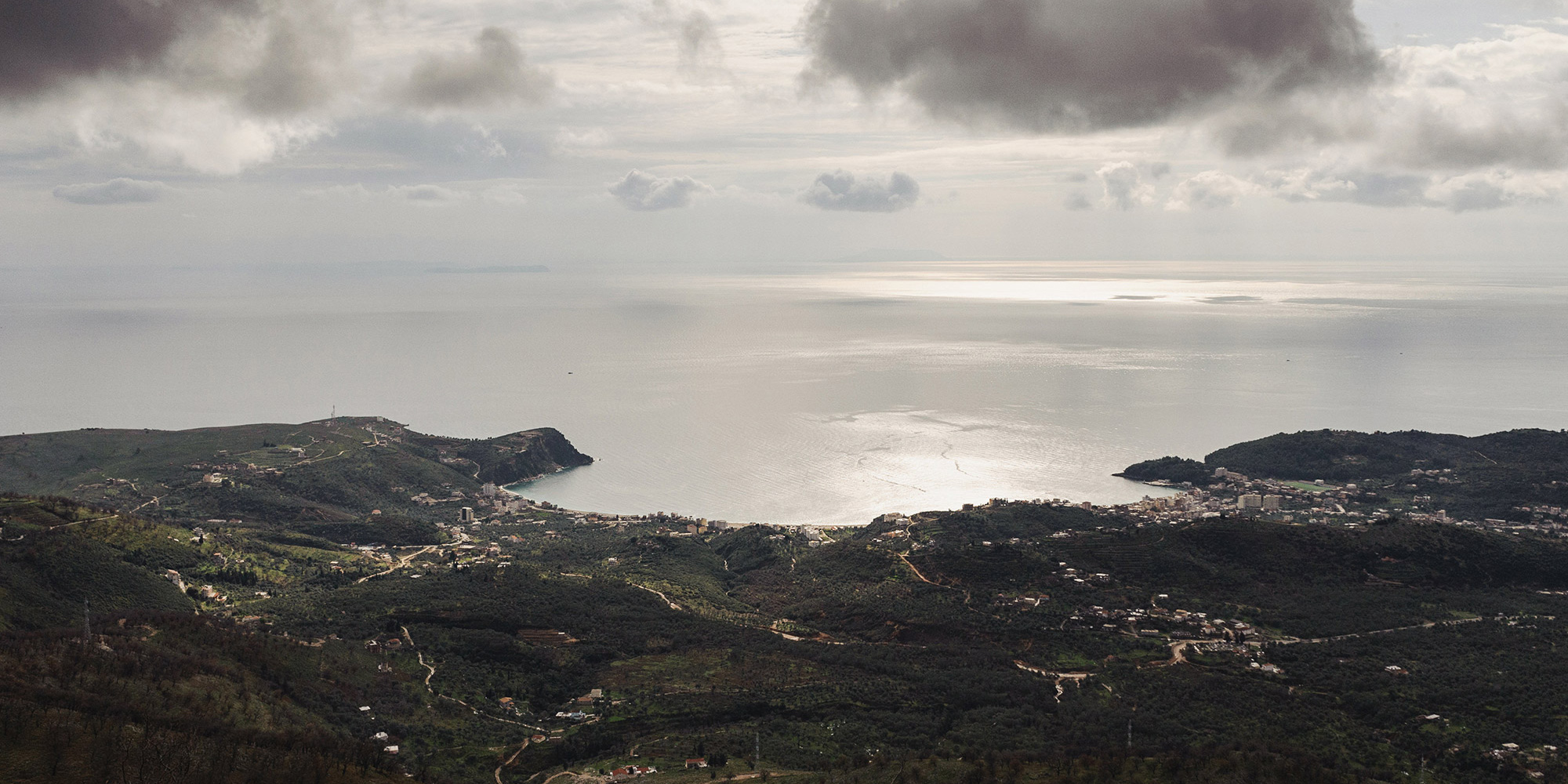
How can agriculture, tourism and spatial planning work together in a circular model, adding maximum value to a sustainable year round local economy? Experts from the Netherlands, Italy and Switzerland and Arber Togani, winner of Master Chef Albania, have explored combinations and collaborations between the agricultural sector, production and processing, the tourism sector and spatial design. A great number of local stakeholders have teamed up for this project- with the international experts and business people who have worked on a model for tourism and agriculture, integrating the sectors where possible and working on profitable business models for individual entrepreneurs. Getting to the core of the uniqueness and traditions of the area while looking for ways to innovate at the same time.
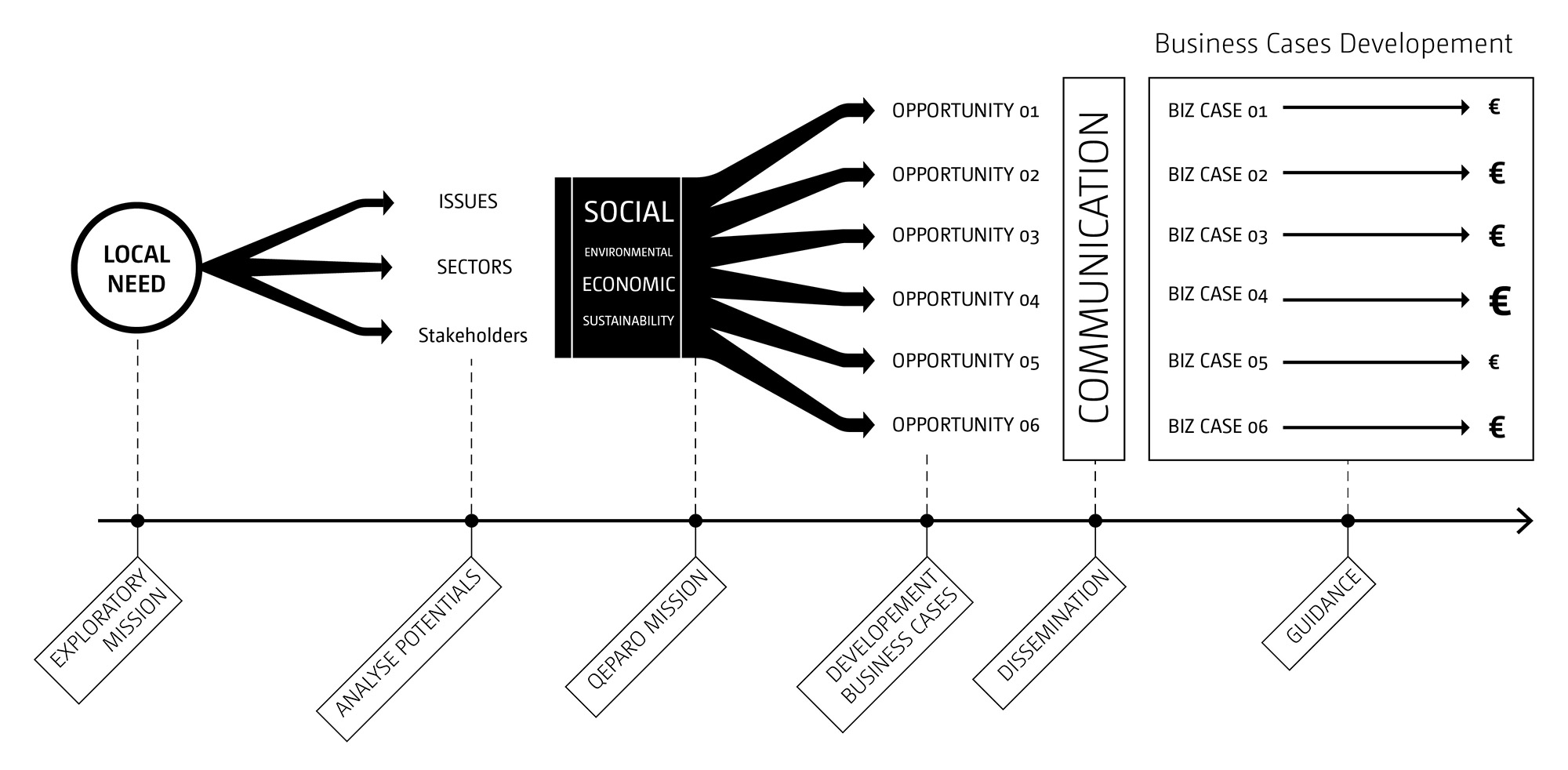
Qeparo, is a village in the southern coast of Albania. Divided in the more recent lower Qeparo and the historical upper Qeparo, has suffered from the Albanian Diaspora that caused a great loss of human capital, which mainly moved to Greece, with consequent neglect of buildings and agricultural fields. Today the village, as many others in the coastal area, is facing return immigration of the ‘natives’, and has the opportunity to be revitalized with agro-tourism. The landscape with its products, can be the starting point for a new prosperity.
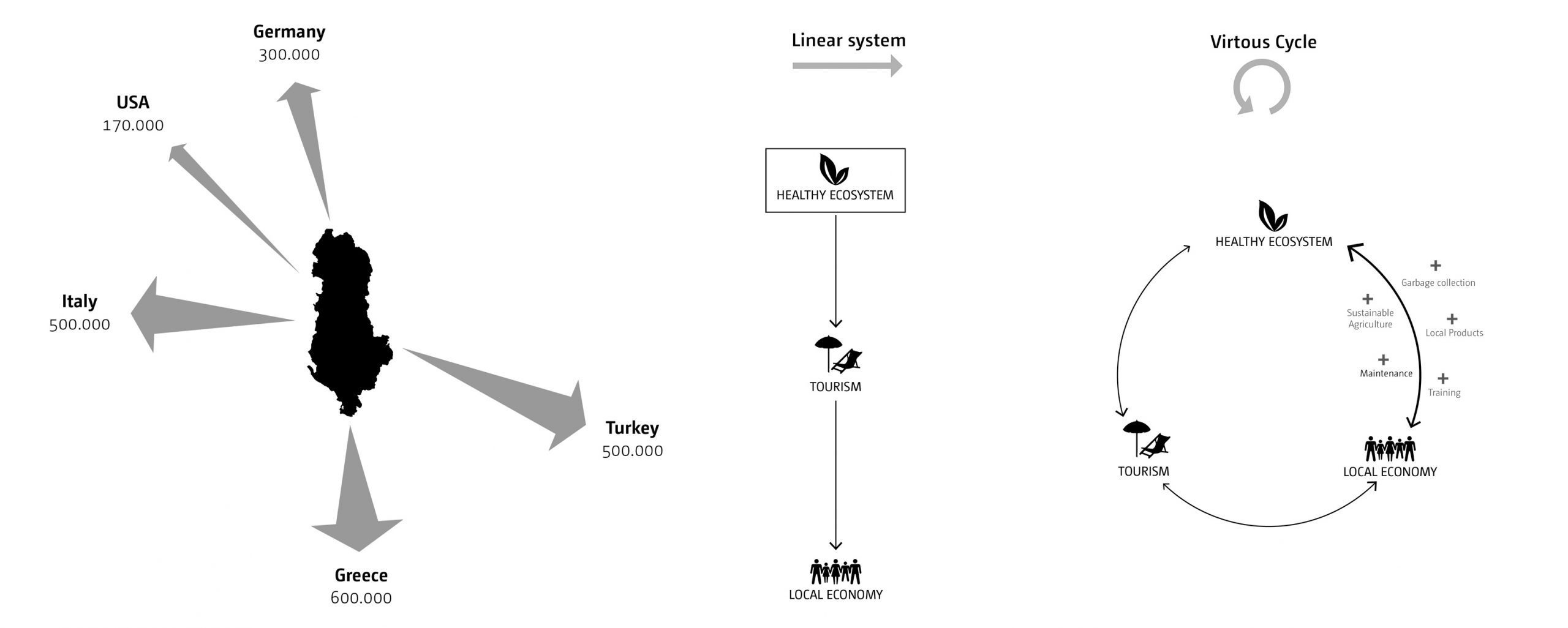
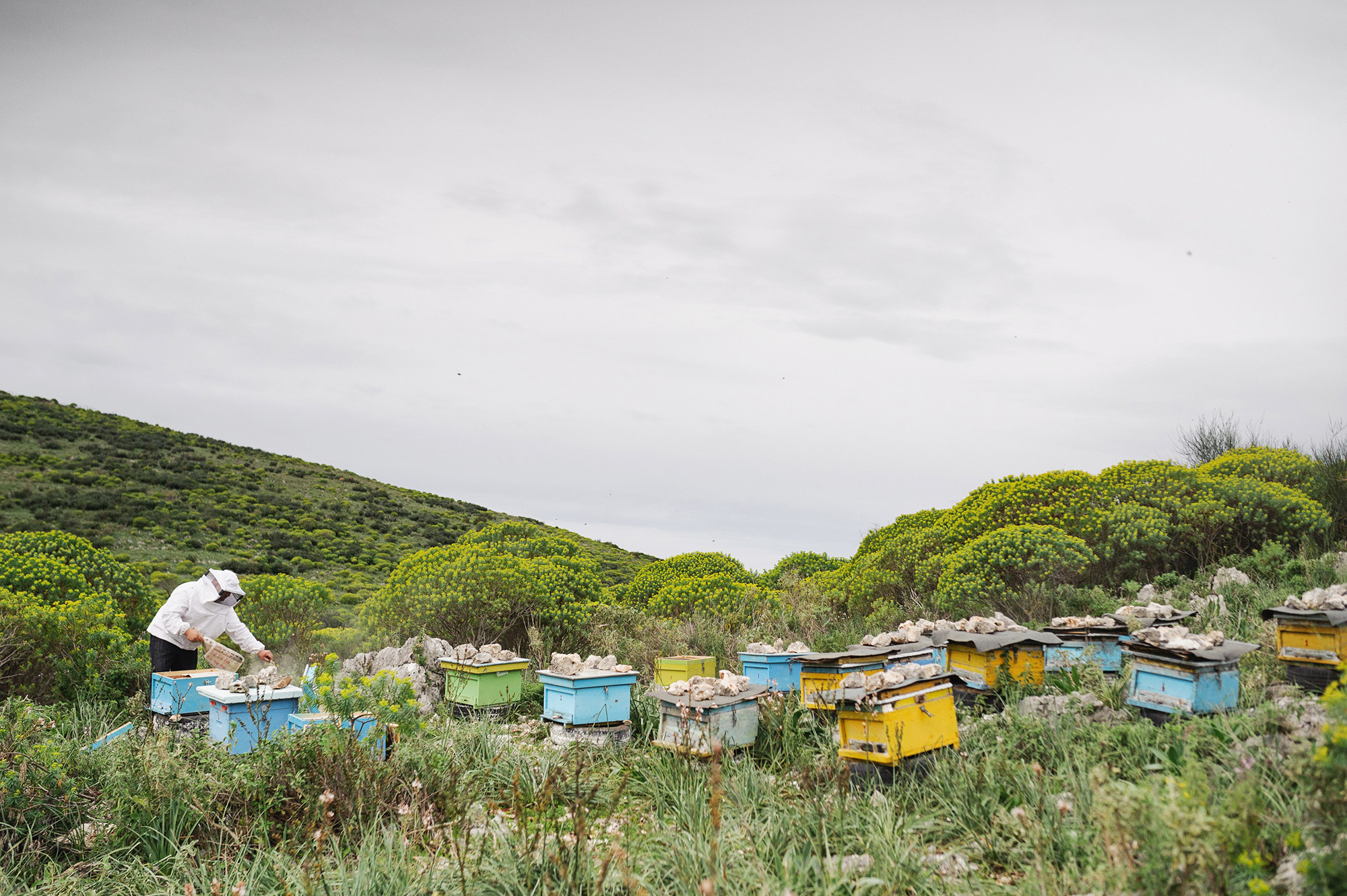
The exploratory mission consisted in creating a common table where local entrepreneurs, international experts, local policy makers and tourist operators could share their opinions and wishes, and resulted in the identification of several business cases. In less than 2 months five business cases found interested parties and investors willing to bring the cases into realization.
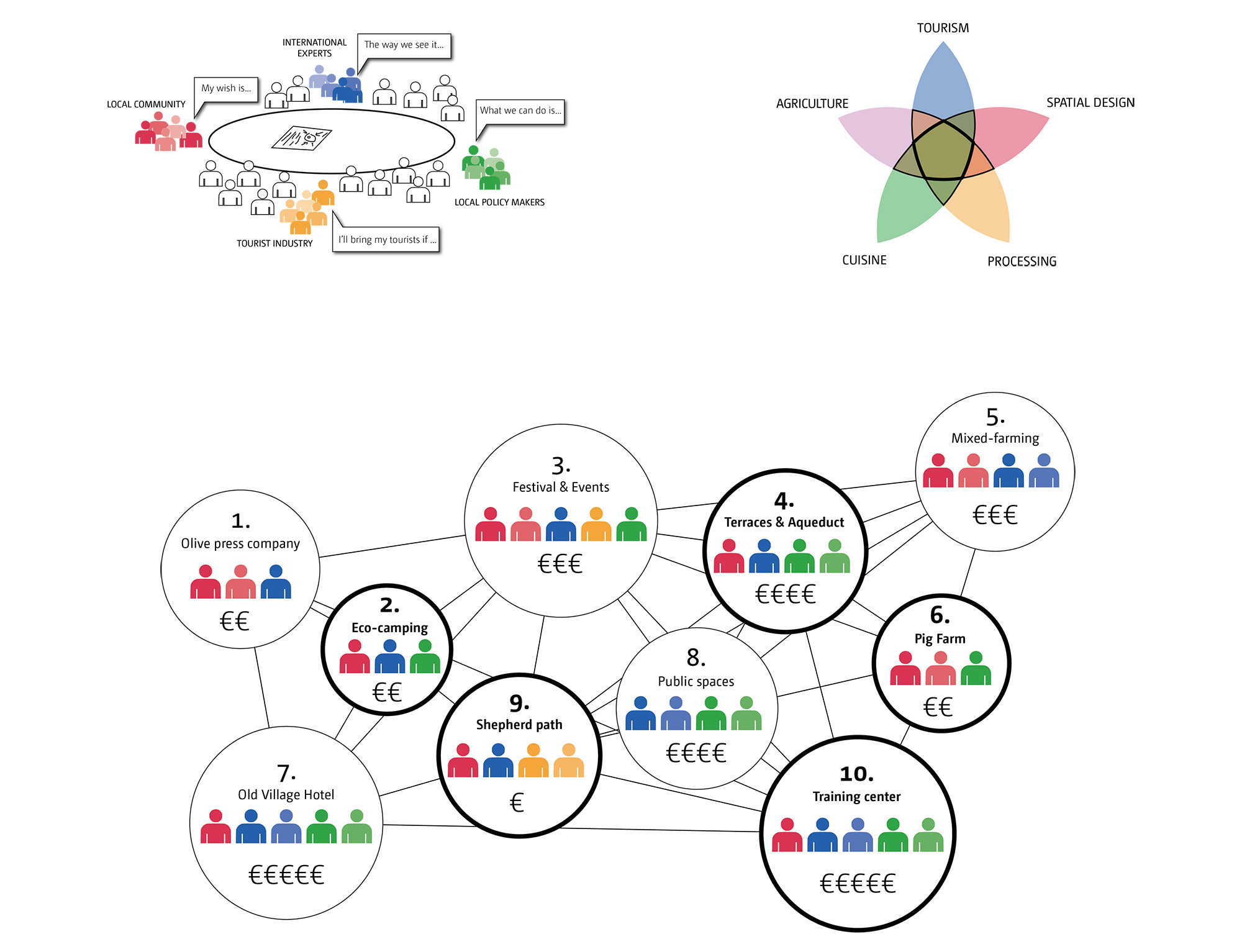
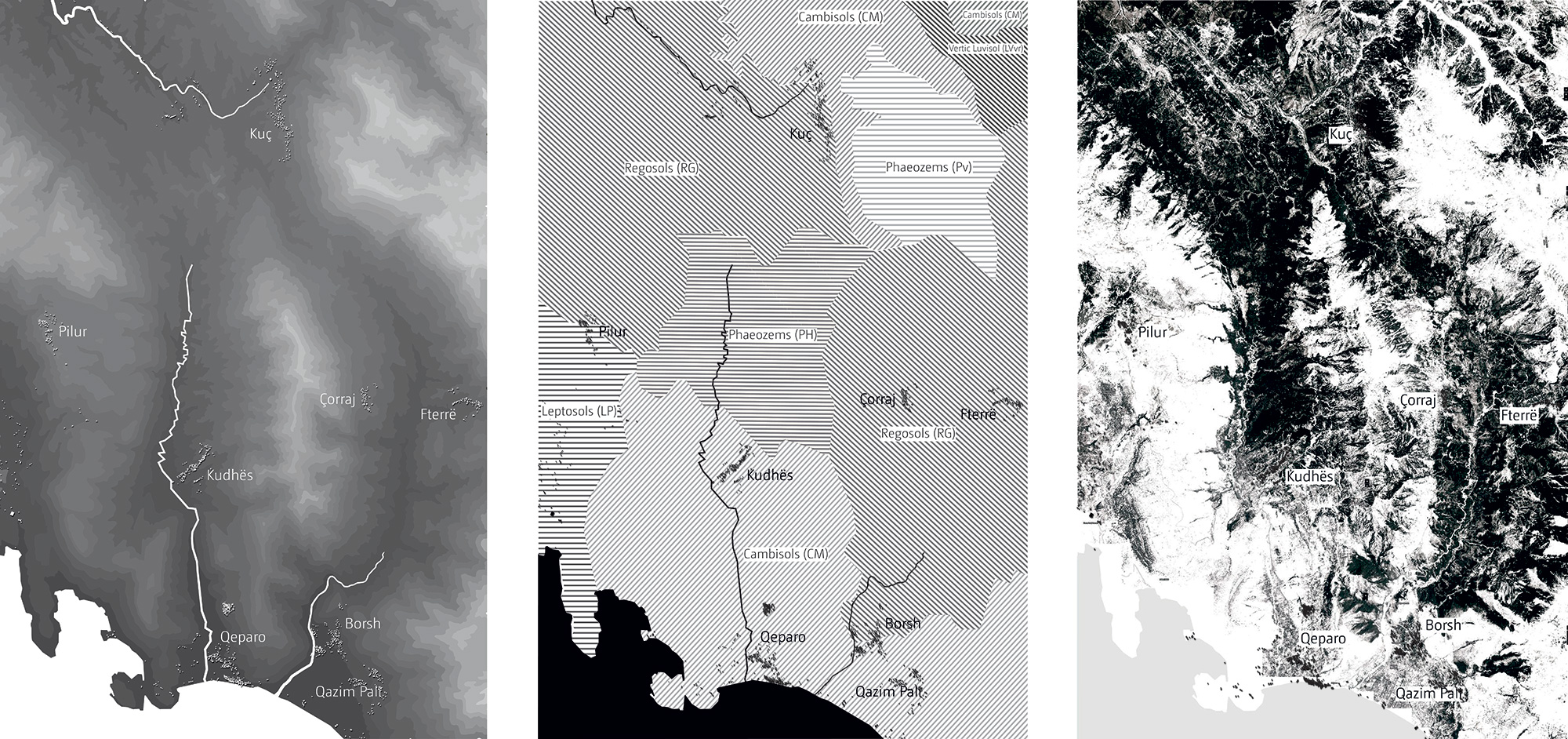
Restore the Aqueduct. The old irrigation channel bears the potential of reactivating terraces by providing continuous irrigation. A surface of 161.000sqm of terraces would need an amount of water ranging from 9660-20.125 cubic meters. Solving the summer irrigation demand can foster a more intensive cultivation (mixed-farming) of the terraces and consequential better maintenance. That will result in a drastic improvement of the local landscape aesthetic and productive qualities. By restoring the water inlet the, channel can feed the terraces and becomes a touristic attraction as well. In-fact, a very simple path can run along the infrastructure rendering it accessible, and becoming a new alternative pedestrian connection to link Qeparo with Borsh.
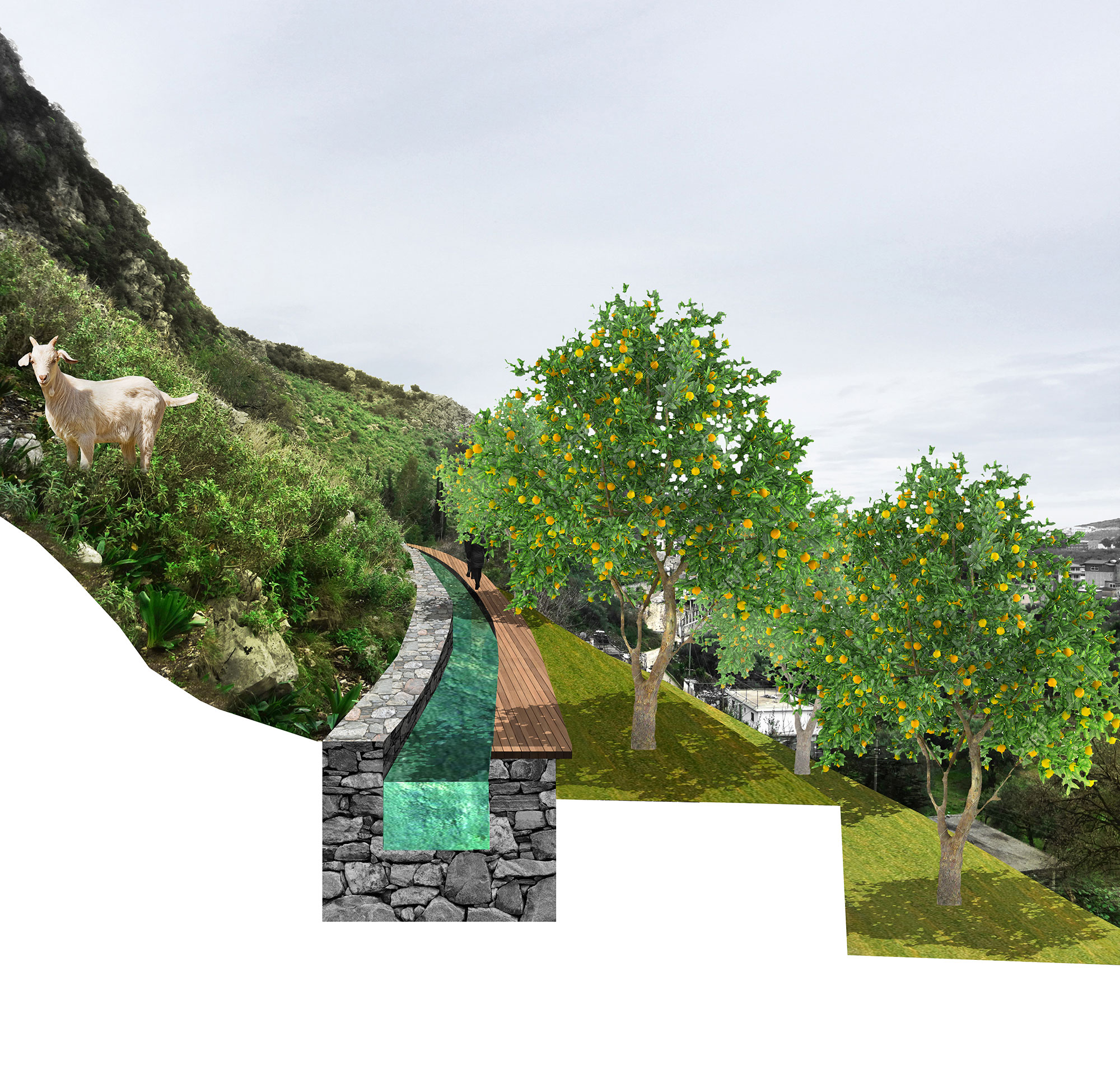
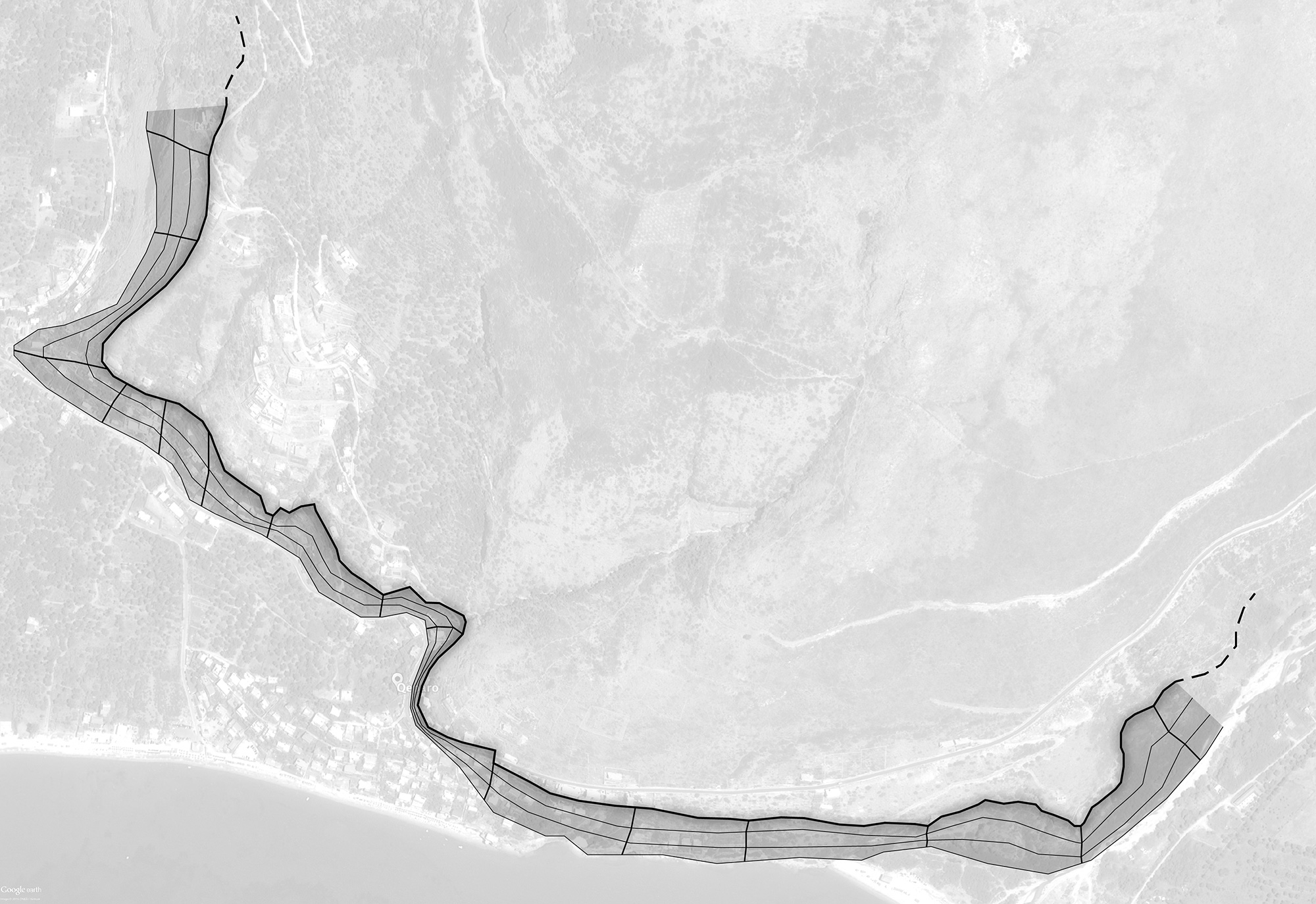
The Perfect Hectare. The agriculture areas of Qeparo, similarly to other villages of the region, are characterized by the monoculture of the olive tree. Although the climate and soil typology allow a broader range of potential crops, there is an extremely low agro-biodiversity.
The goal of the ‘Perfect Hectare’ is to create a model, a tool for the farmers, of mix-farming. The case is about growing more and diversified crops beneath the olive grove canopy, bearing in mind that the light and moisture conditions are peculiar.
The hectare is a square of 100m edge, containing 196 olive trees and divided in 4 equal areas as following: 1. Lettuce and Radicchio, 2. Zucchini and Pumpkin, 3. Grass and Alfalfa, 4. Asparagus. The first 3 areas have to rotate every year while the Asparagus has a 10 years life span.
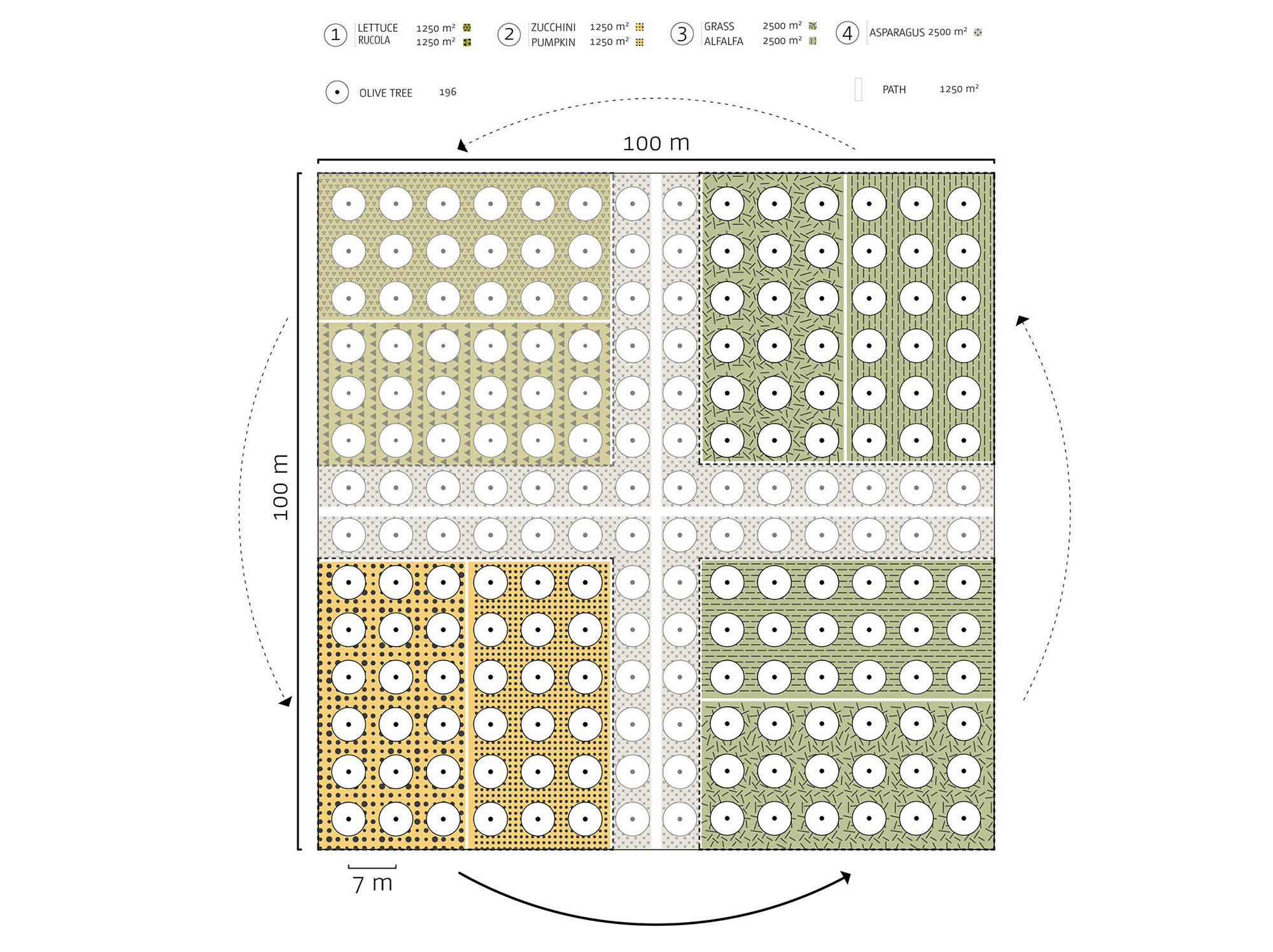
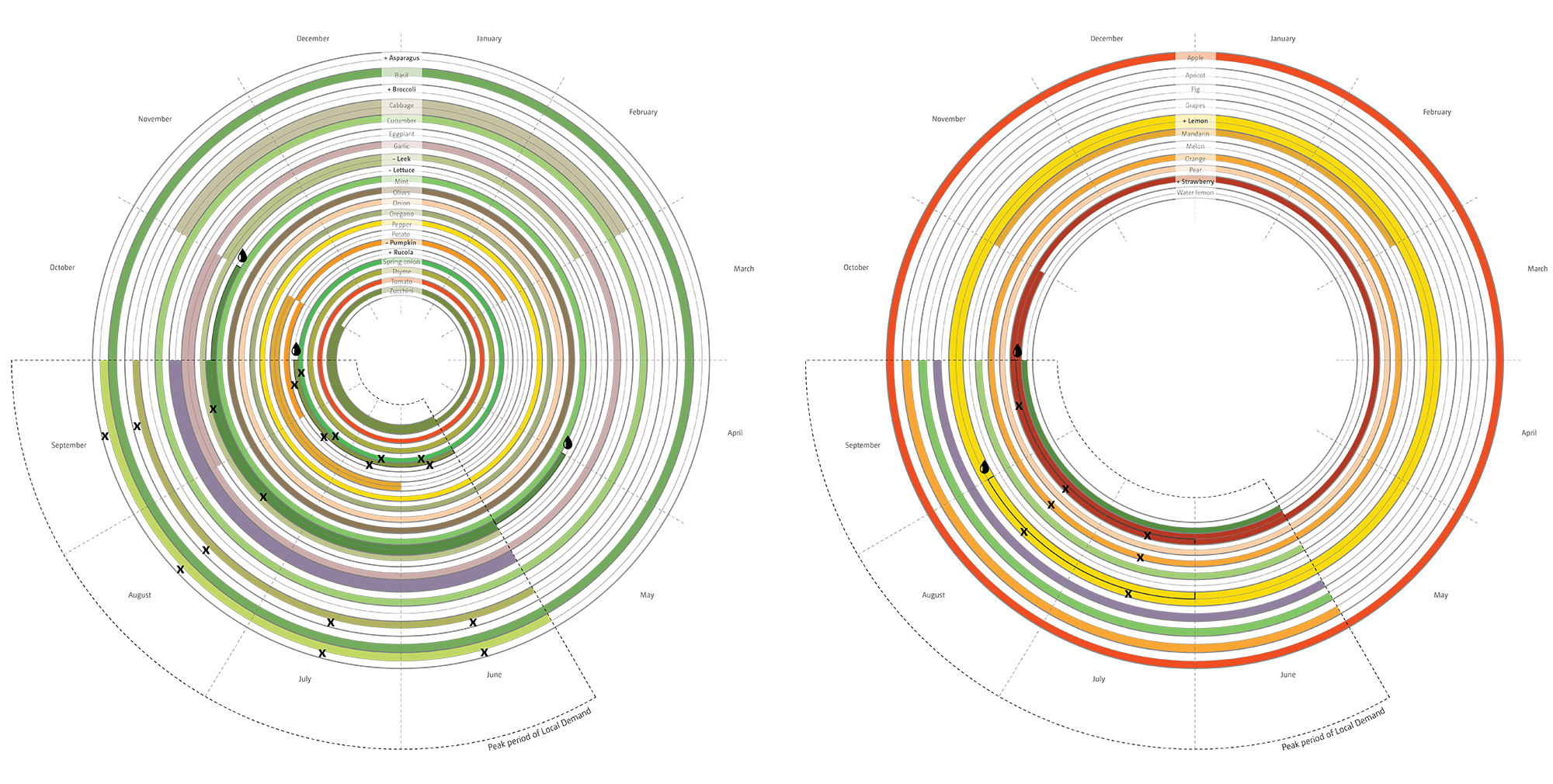
Taking advantage of the local potential agro-biodiversity means that the food supply can be strengthened and diversified. The culinary industry can take direct advantage of a broader choice of ingredients. Alongside the Masterchef winner Arber Togani, we delved into the landscape a discovered forgotten ingredients that the chef used to reinterpret the tradition in a modern dish.
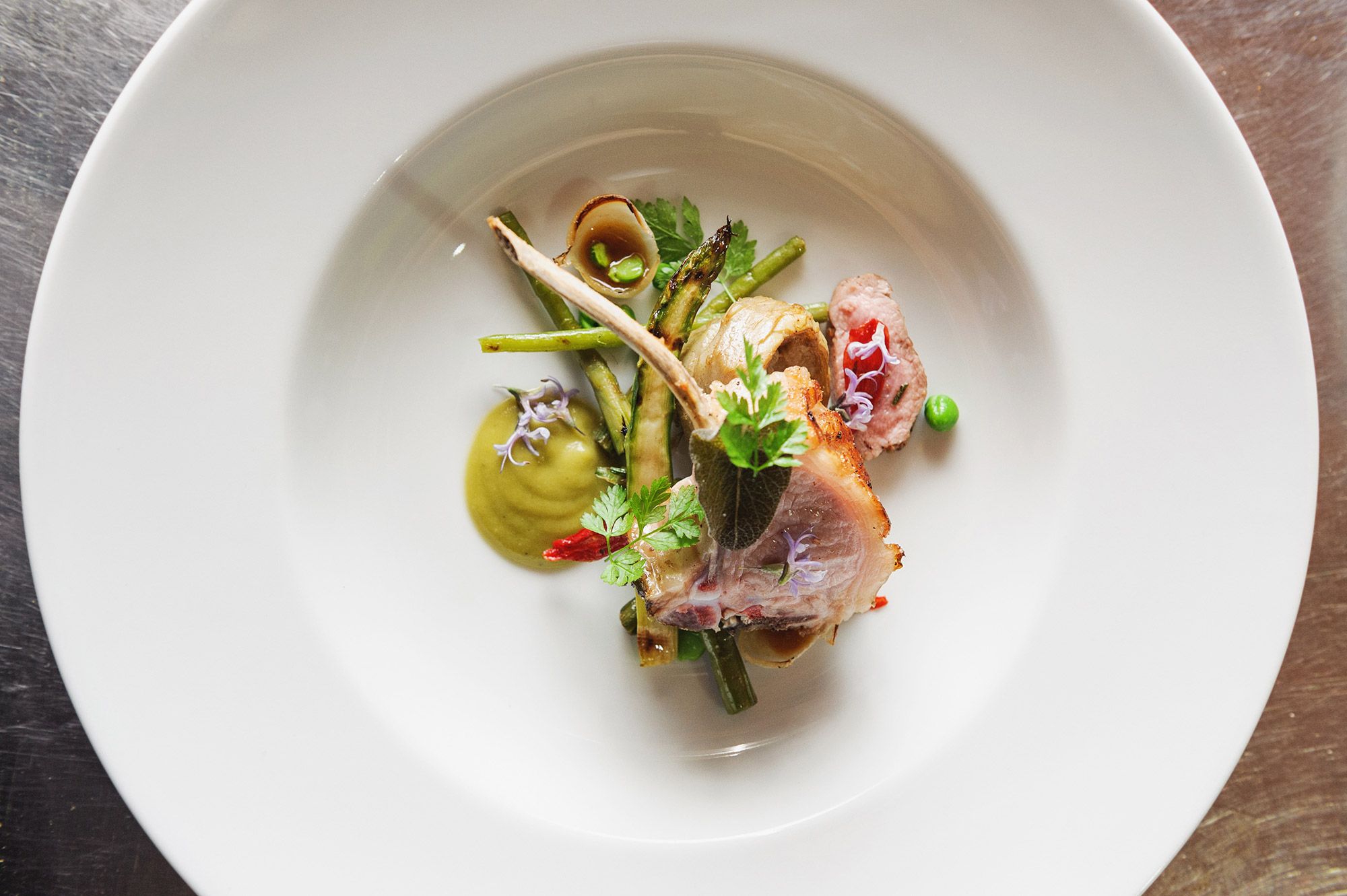
The ‘Shepherd Path’. Is the experience of following the herd alongside the shepherds; the services are two-fold: 1. The daily grazing: from October to June, is a 5 hours track. It starts and ends at the shepherd downhill shed. 2. The transhumance: in June, when the herd moves in the mountain for the summer. Is a 2 days track, 2 nights of camping, where the shepherds cook dishes of the tradition. The track starts from the downhill shed to the mountains. In September, the transhumance goes down-hill following the animals from the mountains to the base shed in the valley. The shed area in the mountains bears the potential of being developed in the interests of the shepherds and the tourists, as following: 1. a water reservoir of 130.000L (dimensioned for a 500 sheep herd); 2. a paved gathering point with a central space for bonfire; 3. basic services to assist the campers;
